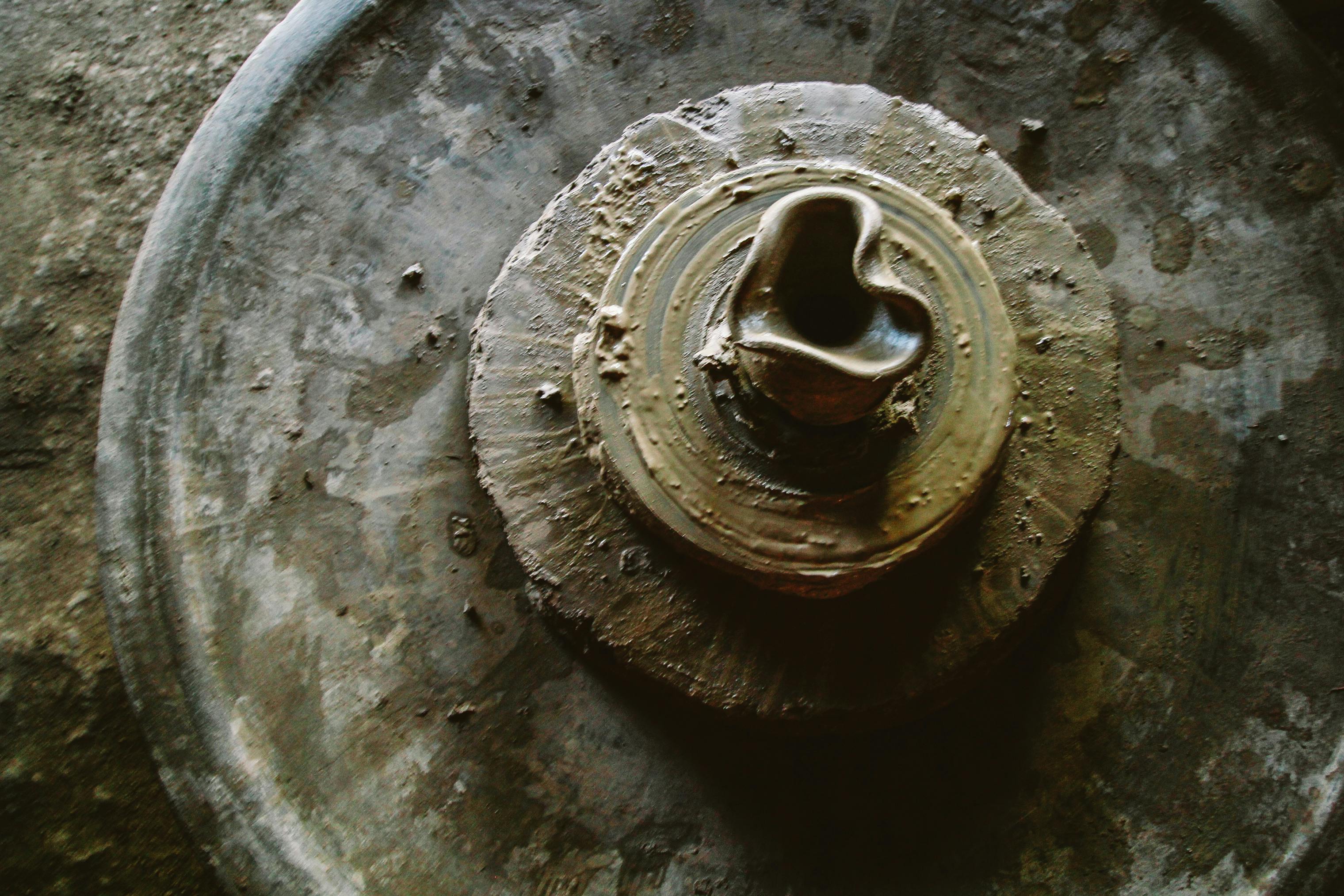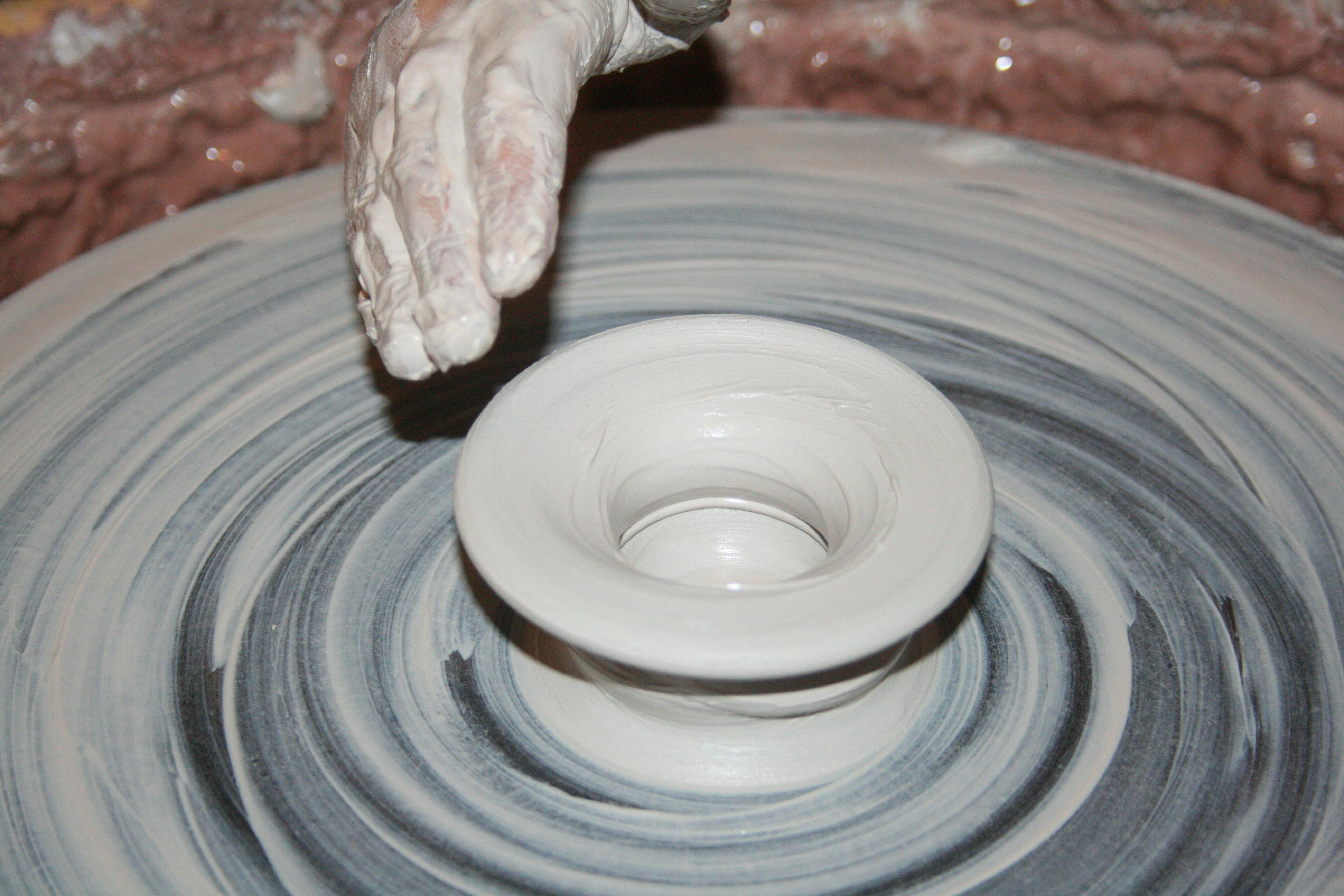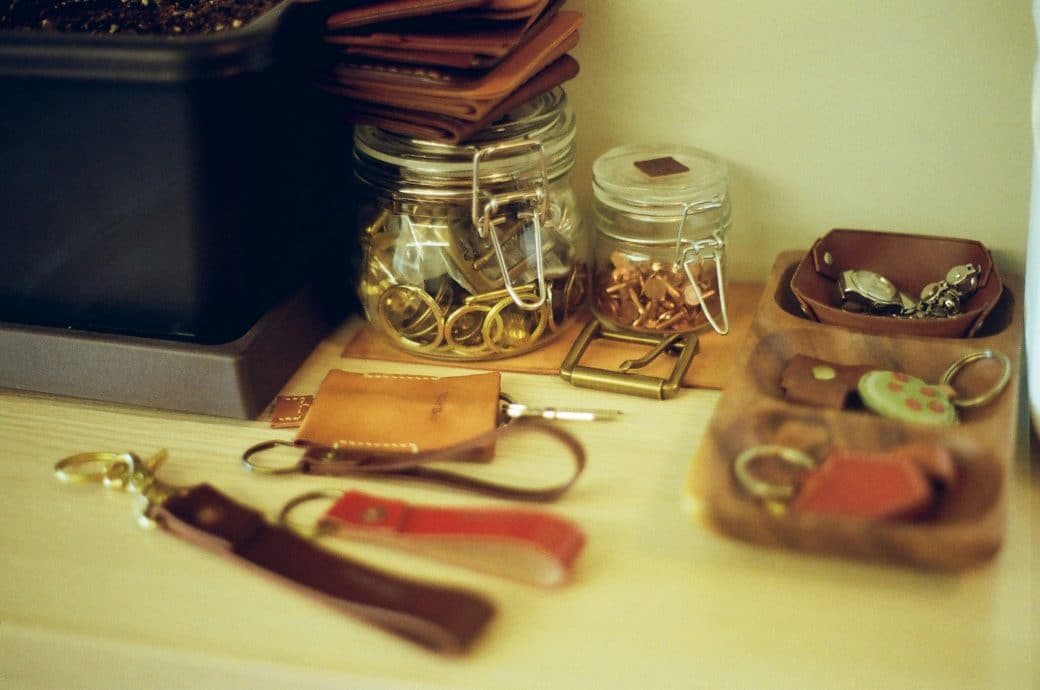So, I’ve always had a fascination with the intricate world of clay pottery, you know? There’s something about transforming a lump of clay into a beautifully crafted piece that just speaks to the soul. That’s why I decided to put together a guide to share this magical process with you. Imagine, step by step, we’ll navigate through the artistry and techniques that have been passed down through generations, mastering the dance between hands and clay. From preparing your clay to that final, triumphant moment of unveiling your creation from the kiln, I’m here to guide you through every twist, turn, and technique of clay pottery. Trust me, it’s going to be an exciting journey.

Understanding the Essence of Pottery
Conceptualizing Pottery as an Art and Craft
When I first dipped my hands into the cool, pliable clay, I was not just touching a raw material but connecting with an ancient craft steeped in history and artistry. Pottery, for me, goes beyond merely molding clay into functional objects; it’s an expressive form of art that allows for the infusion of personal flair and creativity. Each piece of pottery I create is a unique expression of my thoughts, making this craft a deeply personal experience.
Historical Background of Clay Pottery
Pottery is one of the oldest human inventions. Its history stretches back to the Neolithic era when the first civilizations discovered that clay could be molded and then hardened with fire to create durable vessels. It fascinates me how pottery has transcended ages, with each era marked by distinctive styles influenced by the culture and technology of the time. Ancient pottery was not just utilitarian but also an indicator of societal norms, with intricate designs that have told us much about our ancestors.
The Societal and Cultural Significance of Pottery
To me, pottery is more than just an ancient craft; it’s a rich tapestry of cultural and societal evolution. Throughout history, pottery has played a crucial role in daily life, not only in storing and cooking food but also in rituals and ceremonies. Each piece I craft is a nod to this legacy, drawing inspiration from various cultures and traditions, which imbue my works with a deeper meaning and connection to the past.
Materials and Tools Required
Different Types Of Clay Suitable For Pottery
The choice of clay is fundamental to the pottery process. I have experimented with various types, including earthenware, stoneware, and porcelain, each offering distinct qualities and challenges. Earthenware allows for vivid color expressions, stoneware is renowned for its durability and suitability for everyday use, and porcelain, with its delicate and refined texture, demands precision and care. The choice of clay dramatically influences the final appearance and function of the pottery.
Essential Tools For Clay Pottery
Over time, I’ve gathered a collection of tools that are essential for working with clay. This includes rib tools for shaping, wire tools for cutting, loop tools for trimming, and sponges for smoothing surfaces. Each tool plays a specific role in the pottery making process, from initial shaping to final details. Understanding and mastering the use of these tools has been a key part of my journey in pottery.
Safety Equipment Necessary For Pottery
Safety cannot be overlooked when working with pottery. Protective eyewear, dust masks, and gloves are staples in my studio to guard against silica dust and other hazardous materials. Ensuring proper ventilation and keeping my workspace clean are also pivotal practices to maintain a safe working environment. My health and safety are as important as the art I create.

Setting Up Your Workspace
Organizing Your Pottery Studio
A well-organized studio fosters creativity and efficiency. I’ve set up my workspace to have specific areas for each stage of pottery making – wedging, throwing, drying, firing, and glazing. Having a dedicated space for each process helps in maintaining a smooth workflow and keeps my tools and materials organized and easily accessible.
Choosing the Right Environment
The right environment is crucial for a pottery studio. I prefer a space that is bright with natural light, well-ventilated, and spacious enough to accommodate my equipment and allow for the drying and firing processes. It’s also important for the studio to be inspiring, surrounded by nature or artwork that stimulates my creativity.
Implementing Safety Measures at the Workspace
Safety measures are integral to the setup of my pottery studio. This includes proper storage for chemicals and glazes, a well-ventilated area for firing kilns, and ensuring all electrical installations are up to code. Being proactive about safety mitigates risks and ensures a safe and enjoyable pottery making experience.
Preparing the Clay
Understanding Clay Properties
Before molding the clay, understanding its properties is essential. Different types of clay have varying moisture levels, elasticity, and firing temperatures. Getting to know these characteristics helps me decide which clay is best suited for the project at hand and how to handle it throughout the pottery making process.
Wedging the Clay Perfectly
Wedging is the process of kneading the clay to remove air bubbles and ensure a uniform consistency. It’s a task I find both therapeutic and crucial. Proper wedging prevents flaws and weaknesses in the final product, making it a step I never rush or overlook.
Conditioning Clay for Throwing
Conditioning the clay involves bringing it to the perfect consistency for throwing on the wheel. This means achieving a balance where the clay is neither too wet nor too dry – a state that allows for smooth shaping and molding on the wheel. It’s a skill that I’ve honed with practice and patience.

The Process of Shaping the Clay
Introduction to the Wheel Throwing Technique
Wheel throwing is a mesmerizing process where the clay is shaped into forms on a rotating wheel. It’s a technique I gravitated towards early in my pottery journey. The feeling of the clay spinning under my hands, taking shape with every gentle touch, is one of the most satisfying aspects of pottery making.
Centering the Clay
Centering the clay on the wheel is crucial for even throwing. It involves applying consistent pressure to make the clay mass symmetrical and aligned on the wheel’s center. Mastering this step took me time and patience, but it’s the foundation of any successful wheel thrown piece.
Opening and Pulling the Clay
Once the clay is centered, the next steps are opening (creating a hole in the center of the clay) and pulling (raising the walls of the piece by pulling the clay upwards). These movements must be carefully coordinated to shape the clay into the desired form. It’s a dance of pressure and movement that I’ve come to love.
Designing and Sculpting Your Pottery
Developing Unique Designs
Designing my pottery involves a blend of inspiration, creativity, and technique. I draw inspiration from nature, art, and history, translating these influences into unique designs that reflect my personal style. Exploring different design concepts is an exhilarating part of the process.
Techniques of Sculpting Various Shapes
Sculpting goes beyond the wheel, involving hand-building techniques such as coiling, pinching, and slab building. These techniques allow for a wider range of shapes and designs, from intricate sculptures to bold, geometric vessels. Each technique has its charm, and I enjoy experimenting with them to expand my creative repertoire.
Adding Decorative Details to Your Pottery
Decorative details can transform a piece of pottery. Techniques such as carving, incising, and adding appliqués create texture and depth, while glazing can add color and sheen. I relish in the details, taking time to carefully embellish my works, knowing these touches can make a piece truly stand out.

Drying Your Pottery
Understanding the Importance of Proper Drying
Proper drying is critical to prevent cracks and warping. I’ve learned to be patient during this stage, allowing my pottery to dry evenly and slowly. This might involve covering the work with plastic to control the drying rate or using a drying shelf with proper air circulation.
Methods for Slow Drying Pottery
Slow drying can be achieved through several methods, such as covering the pottery with plastic sheets or damp cloths and gradually exposing it to air. I often opt for a controlled environment where humidity and temperature are consistent, aiding in an even drying process.
Preventing Cracks During Drying
To prevent cracks, besides slow drying, I ensure that thicker parts of the pottery are not drying significantly faster than thinner areas. Sometimes, I use tools to even out the clay’s thickness or strategically position pieces in the drying area. Preventing cracks is about understanding how the clay behaves and adapting the drying process accordingly.
Bisque Firing Your Pottery
Understanding the Firing Process
Bisque firing is the initial firing process that transforms clay into hard, porous ceramic. It’s a fascinating transformation, watching raw clay become durable pottery. Understanding the chemical changes that occur during firing and how different clays react to heat has improved my skills significantly.
Preparations for Bisque Firing
Preparation for bisque firing involves ensuring the pottery is bone dry and loading the kiln in a way that promotes even heat distribution. I also select the appropriate firing cycle based on the type of clay and desired outcome. Careful preparation is key to a successful bisque firing.
Temperature and Time Considerations for Bisque Firing
Each clay type has an optimal bisque firing temperature to ensure proper sintering without melting. I pay close attention to the kiln’s temperature ramp and hold times, adjustments that can significantly affect the quality of the bisque ware. Experimenting and recording results have helped me fine-tune this process.
Glazing Your Pottery
Selecting the Right Glaze
Choosing the right glaze is an art in itself. The glaze not only adds color and finish but also interacts with the clay body during the firing process, affecting the final appearance. I consider factors such as firing temperature, clay compatibility, and desired aesthetic effects when selecting glazes.
Procedure for Applying Glaze
Applying glaze can be done through dipping, pouring, or spraying, each technique offering different effects. I’ve experimented with various application methods, sometimes combining them to achieve unique results. The key is to apply the glaze evenly and at the right thickness.
Considerations for a Successful Glazing Outcome
A successful glazing outcome requires considering the interaction between the glaze and the clay body, the firing atmosphere, and the glaze application technique. I’ve learned through trial and error, discovering what combinations work best and always looking to push the boundaries of traditional glazing techniques.
Pottery Post-Processing and Presentation
Polishing Your Final Product
After the final firing, some pottery may require sanding or polishing to smooth out the surface or sharpen details. I take care in this finishing stage, knowing that it significantly enhances the aesthetic and tactile quality of my pottery.
Repairing Any Imperfections
Despite careful preparation and handling, imperfections can occur. I see these as opportunities to learn and improve. Sometimes, a small flaw can be repaired with glaze or fillers before a re-fire, or creatively incorporated into the design, adding character to the piece.
Showcasing Your Completed Pottery
Presenting my finished pottery is the culmination of the entire creative process. Whether for an exhibition, sale, or personal collection, how the pottery is displayed can significantly impact its perception. I consider the setting, lighting, and arrangement, aiming to highlight the best features of my work.
Maintaining Your Pottery
Proper maintenance extends the life of pottery, preserving its beauty and functionality. I provide care instructions for my pieces, advising on cleaning methods and handling to ensure they remain cherished for years to come. Educating others on maintaining pottery is part of my contribution to this timeless craft.
Pottery is a journey of constant learning and discovery. From understanding the essence of the craft to mastering the myriad techniques, each step in the process is a building block towards creating something truly meaningful. As I continue to explore and expand my skills, I remain in awe of the endless possibilities that clay offers. The art of pottery is not just in the finished product but in the dedication, creativity, and passion infused into every piece I create.



